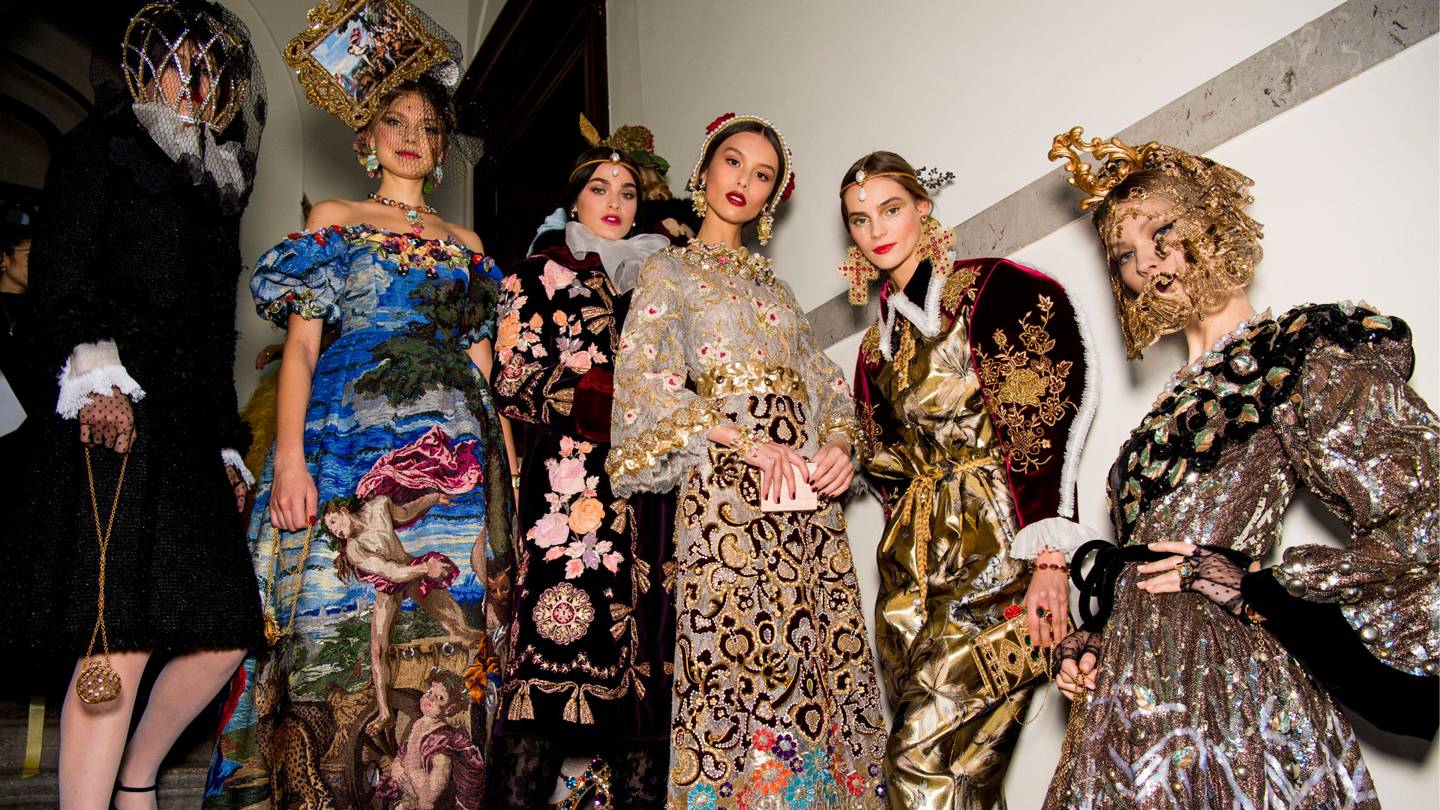
In the annals of history, few periods have left as indelible a mark as the era of World War. Amidst the trials and tribulations of wartime, every facet of life, including fashion, felt the tremors of change. The evolution of fashion’s adaptation during wartime is a testament to human resilience and creativity, giving birth to a new aesthetic born out of necessity. The emergence of utility clothing and the creative effects of rationing not only transformed the sartorial landscape but also offered a glimpse into the ingenuity of the human spirit in the face of adversity.
Adapting to Constraints: Fashion’s Evolution during Wartime
The outbreak of World War I and World War II ushered in a new era of challenges, forcing societies to reassess their priorities and allocate resources judiciously. As luxuries gave way to necessities, fashion became a microcosm of the larger societal shift. The adaptation of fashion during wartime was not just a matter of aesthetics; it was a reflection of a world in flux, navigating the delicate balance between functionality and style.
The call for austerity prompted designers to rethink their approach. Extravagant fabrics and elaborate embellishments gave way to more practical materials that were readily available. The transformation was not just about aesthetics; it was a fundamental shift that reflected the changing dynamics of society and the need for resourcefulness.
The Birth of Utility Clothing
The concept of utility clothing emerged as a response to the challenges posed by wartime rationing. The restrictions on fabric usage and the need for durability led to the creation of garments that were utilitarian yet elegant. Utility clothing was characterized by simplicity, functionality, and a focus on the essentials.
The silhouettes of utility clothing were often streamlined and free from excessive ornamentation. Dresses were designed with practicality in mind, featuring fewer buttons and less fabric. Evenings gowns and elaborate ensembles gave way to day dresses that could easily transition from home to work. The focus was on adaptability, ensuring that the same garment could serve various purposes.
Rationing’s Creative Effects
Rationing, a measure employed to ensure equitable distribution of resources, had a profound impact on fashion. The limitations imposed on fabrics, textiles, and even buttons meant that designers had to get creative with their designs. This era of scarcity and constraint birthed a wave of innovation, as designers and individuals alike found ingenious ways to make the most of limited resources.
Fabrics that were once plentiful became scarce, prompting designers to experiment with unconventional materials. The use of parachute silk, for instance, gave rise to lightweight and versatile garments. Rationing also led to the rise of “Make Do and Mend” campaigns, where individuals repurposed and repaired their existing clothing, showcasing a spirit of frugality and resourcefulness.
The Elegance of Necessity
Ironically, the adversity of wartime led to a new form of elegance—one that was rooted in practicality and understated charm. The aesthetics of the time were characterized by clean lines, muted colors, and an emphasis on functionality. The absence of excess was not a compromise; it was a deliberate choice that resonated with the spirit of the era.
Even accessories underwent a transformation. Scarves, which were once seen as purely decorative, took on utilitarian roles, serving as head coverings or belts. Women’s hats became more modest, reflecting the overall shift towards a more practical and unassuming aesthetic.
The Post-War Legacy
The influence of fashion’s adaptation during wartime extended far beyond the conflict itself. The creativity born out of necessity sparked a new wave of innovation that continued to shape the fashion landscape long after the wars had ended. The streamlined silhouettes, functional designs, and emphasis on practicality left an indelible imprint on fashion’s DNA.
The spirit of utility clothing and resourcefulness found a place in post-war fashion. The experience of wartime shortages had rewired the way individuals approached clothing, fostering a desire for versatility and longevity. The legacy of this era is visible in modern concepts of sustainable fashion, where the emphasis is on creating garments that stand the test of time.
Conclusion: Resilience and Creativity
Fashion during wartime was more than just a response to constraints; it was a testament to the resilience and creativity of the human spirit. The adaptation of fashion to meet the demands of wartime challenges showcased the ability to find beauty and elegance even in the face of adversity. Utility clothing and the creative effects of rationing underscored the transformative power of necessity, birthing an aesthetic that was not just a reflection of the times, but a celebration of human ingenuity.
As we reflect on the lessons of history, we are reminded that even in the darkest moments, the human capacity for innovation and adaptation shines brightly. The evolution of fashion during wartime is a reminder that every challenge can be an opportunity for growth and creativity. In the tapestry of history, the thread of fashion’s resilience weaves a narrative that resonates with the unbreakable spirit of humanity.




More Stories
Modern Renaissance: Contemporary European Fashion Trends
Swinging Sixties: Aristocratic Fashion in a Time of Change
Disco Fever: 1970s Glam and Glittering Style